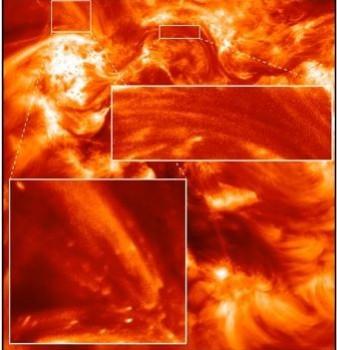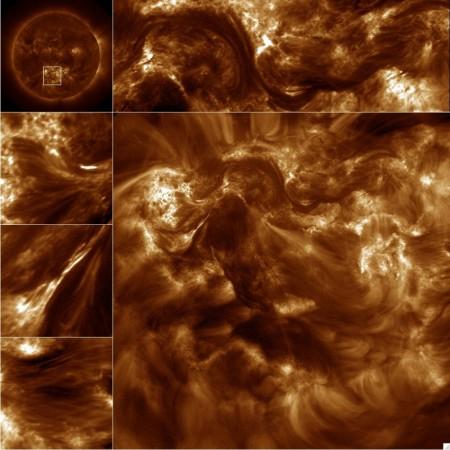A team of scientists, using NASA's High Resolution Coronal Imager (Hi-C), have captured the sharpest ever images of Sun's outer atmosphere called corona.
The highest-resolution images can help scientists understand more about the behaviour of the solar atmosphere and its impact on Earth's space environment.
The University of Central Lancashire (UCLan) using the Hi-C obtained the images which is five times sharper compared to any other images of the Sun.
"The corona is millions of degrees hotter, and this has been a decades' long puzzle," Prof Robert Walsh from the University of Central Lancashire told BBC.
"The sparkles - we actually call them extreme ultraviolet dots - we believe are evidence of very localised but frequent energy release that could build up and heat the corona very easily," he said.
Researchers with the help of the images have also discovered a new phenomenon including 'blobs' of gas bouncing off along 'highways' and bright dots, called sparkles that switch on and off very quickly.
The small dots in the video, which lasted for not more than 25 seconds, appeared to be tiny. But the small dots are as large as the United Kingdom. The sparkles are about 680 km across and release at least 1024 (one million million million million) Joules of energy which is approximately 10,000 times the annual energy consumption of the population of UK (based on information from the UK Department of Energy and Climate Change).
Check the photos and video below:

















